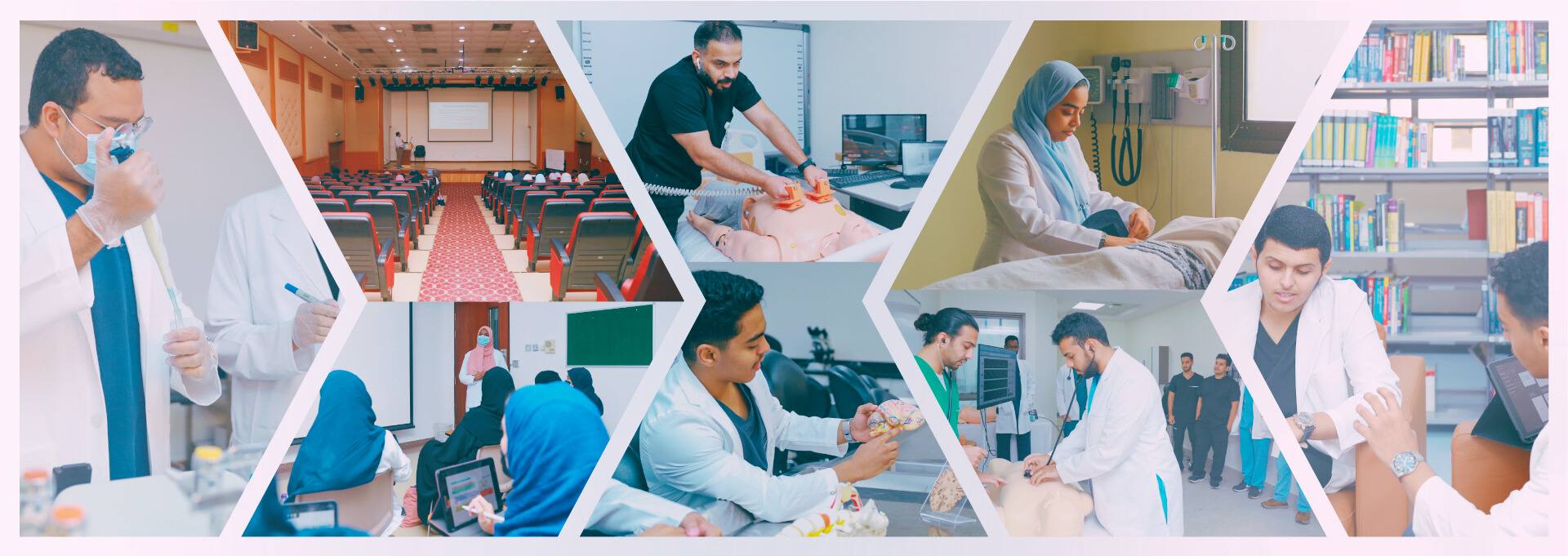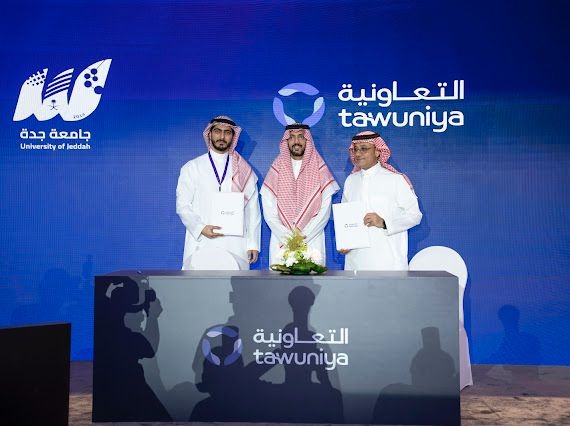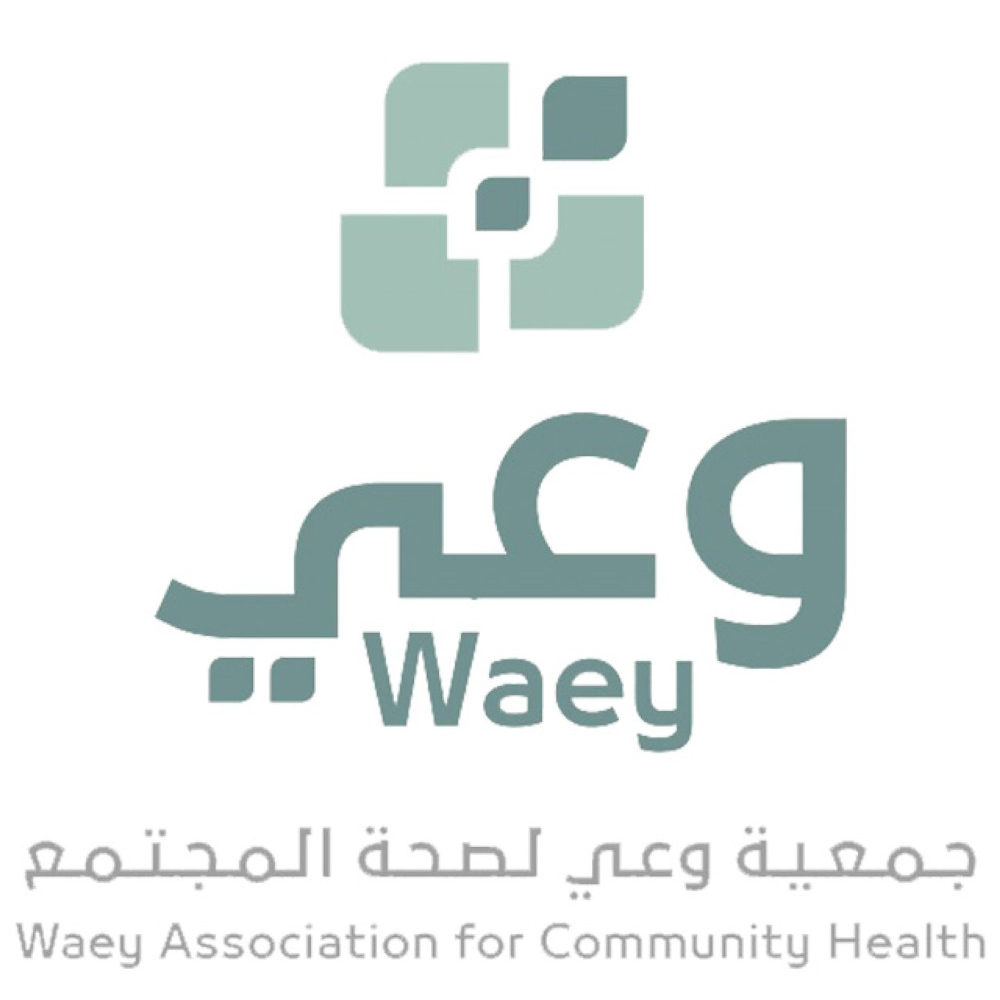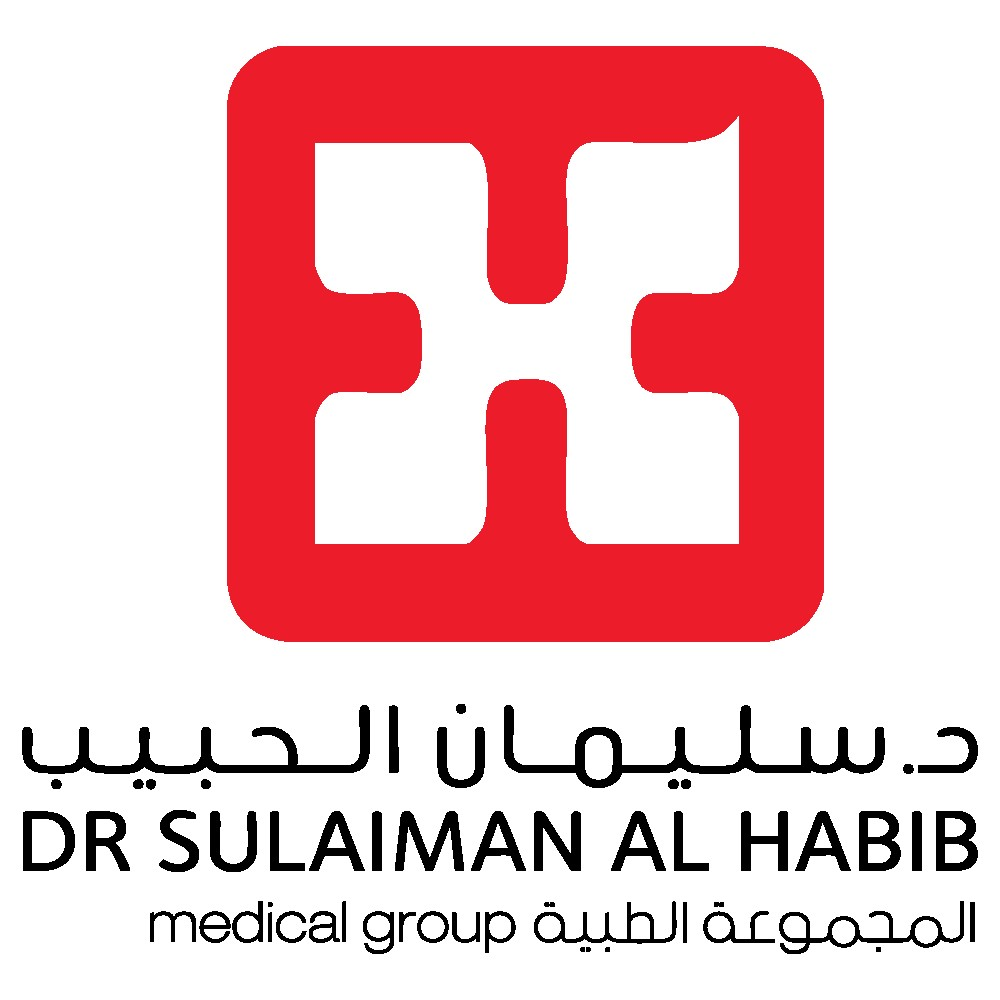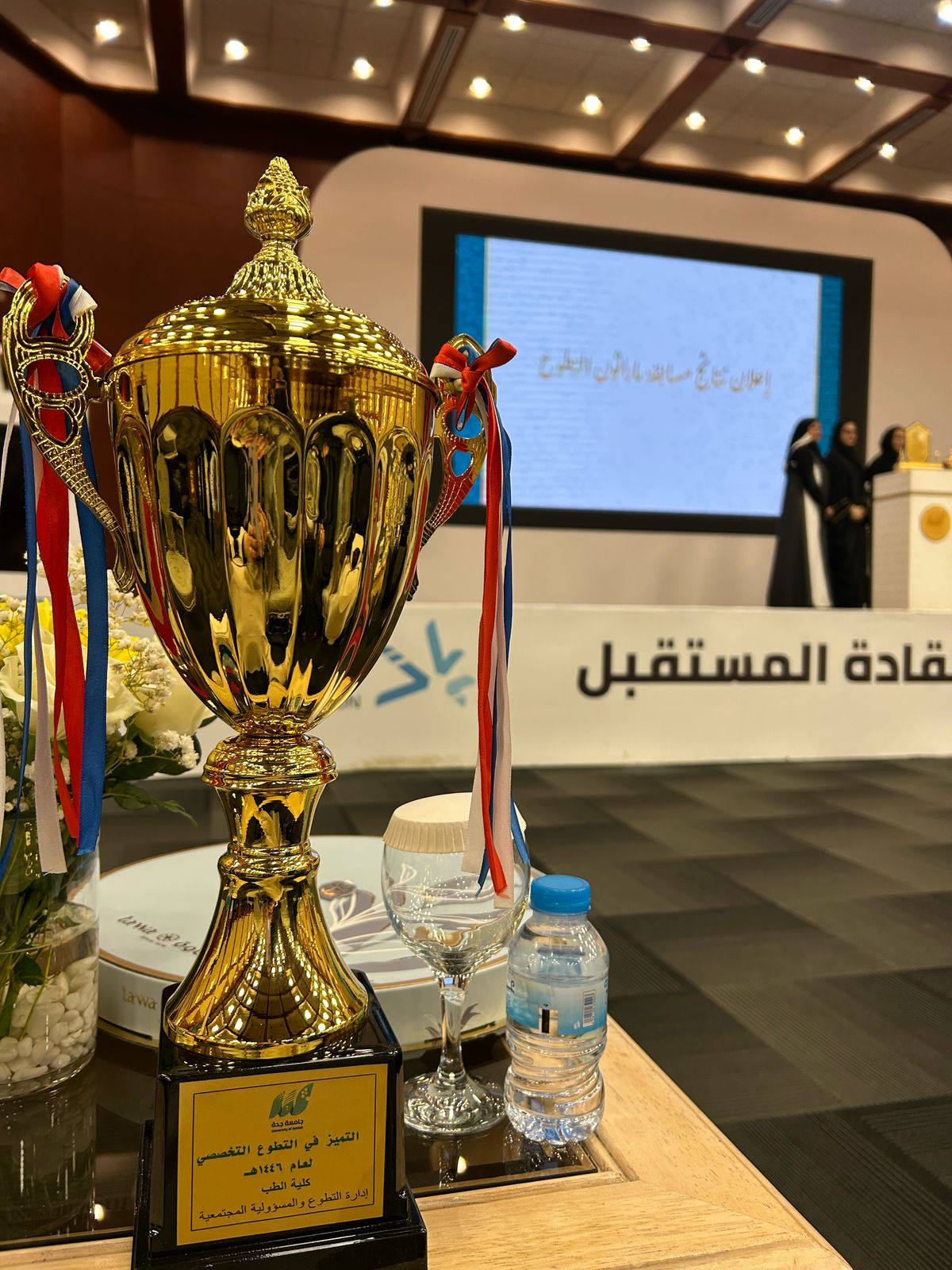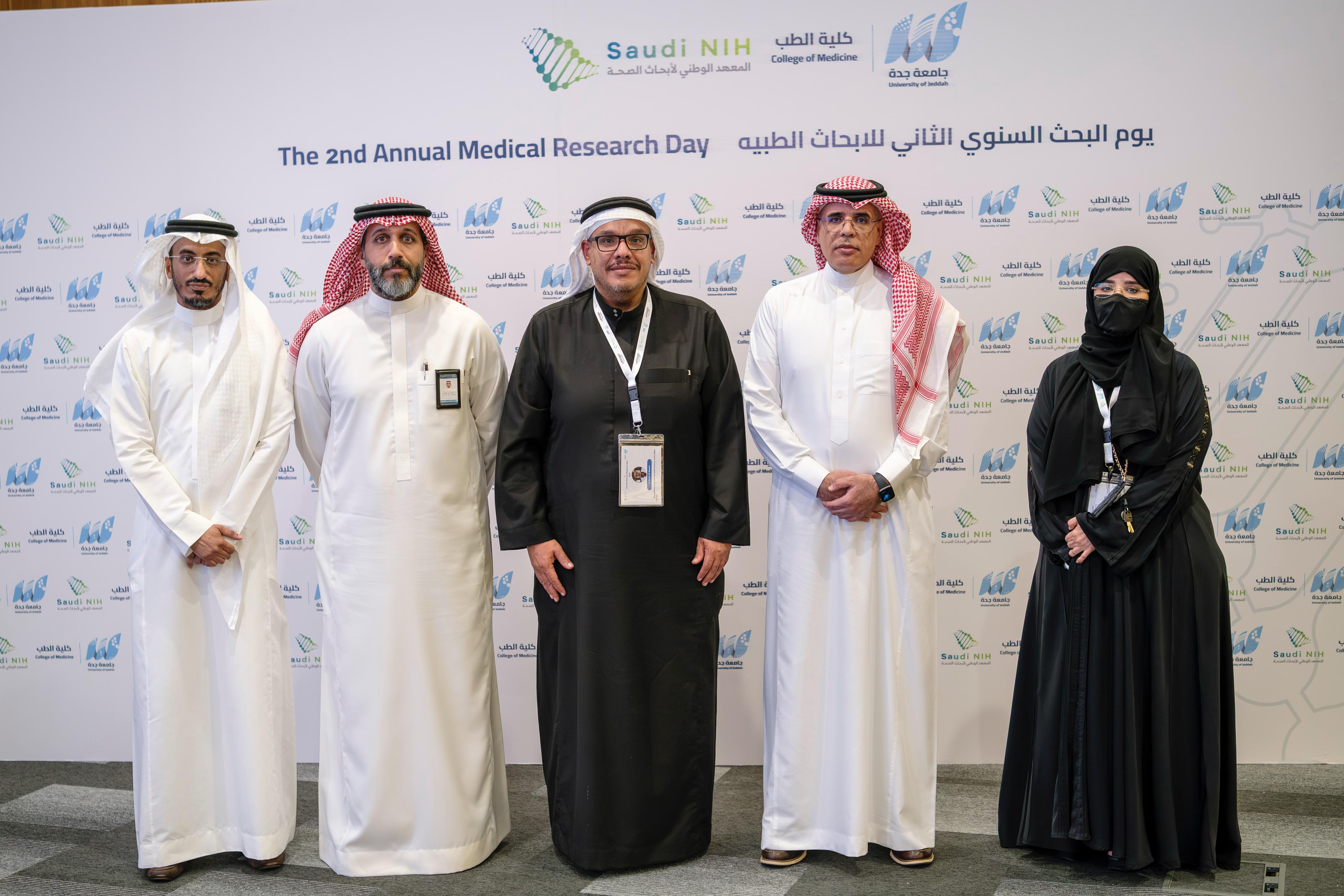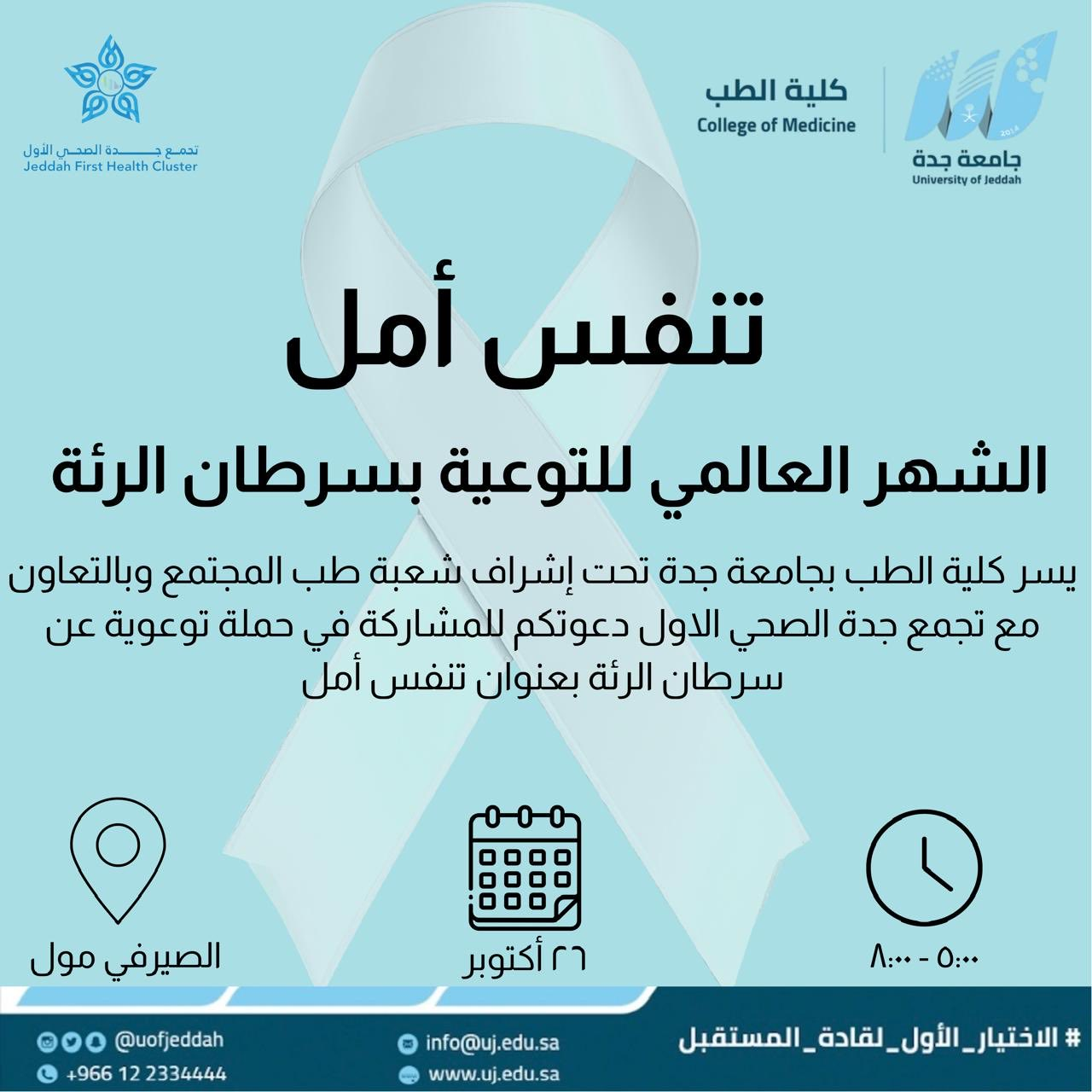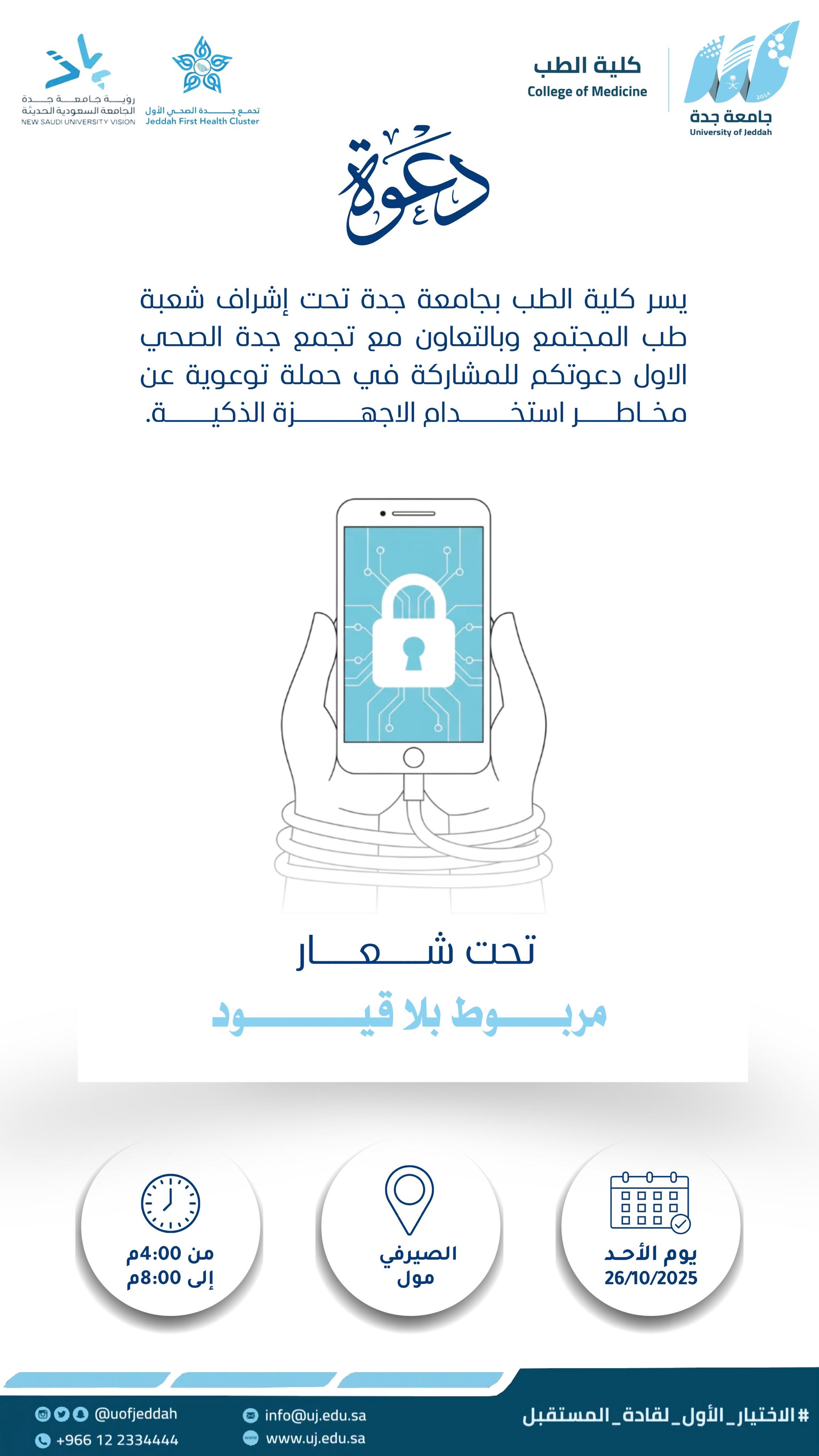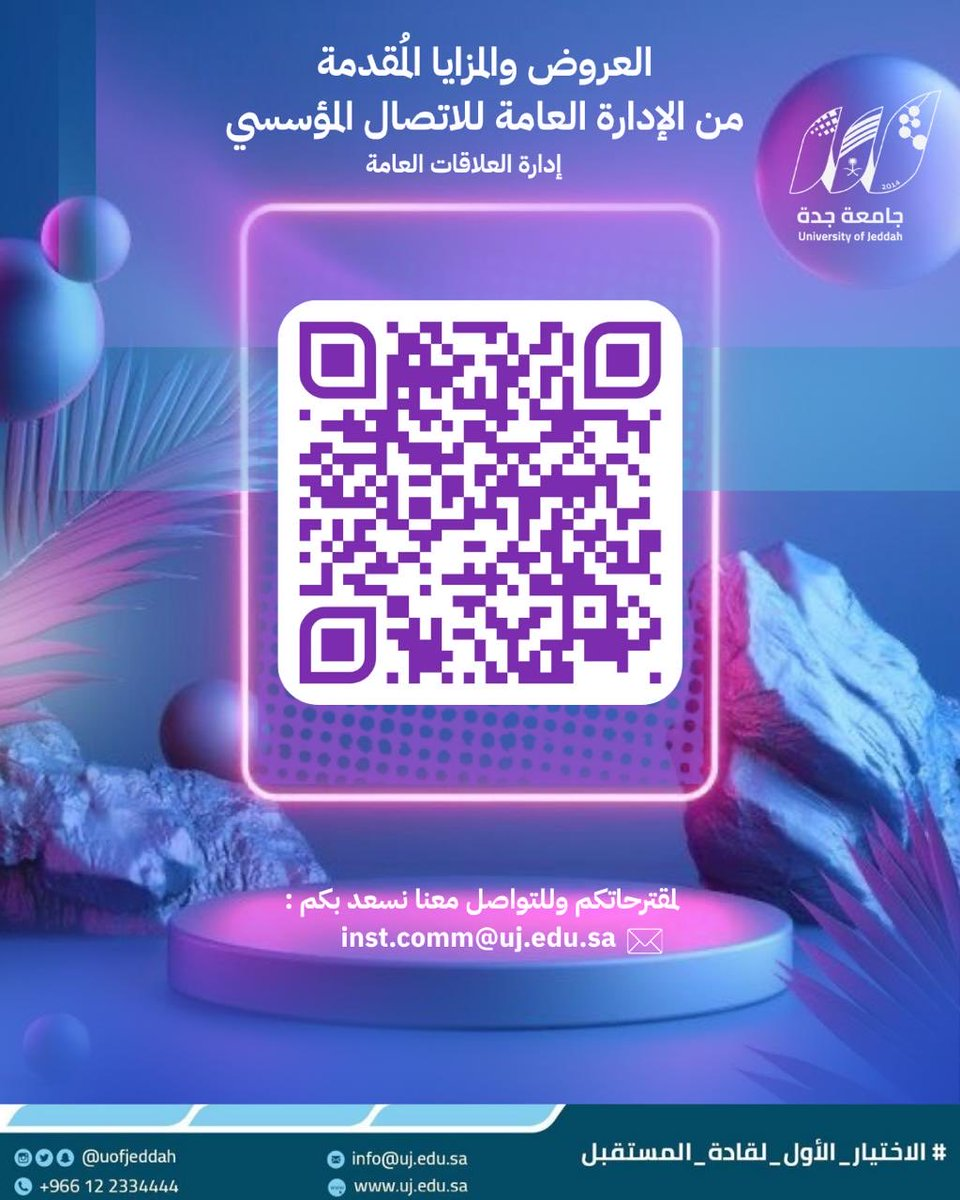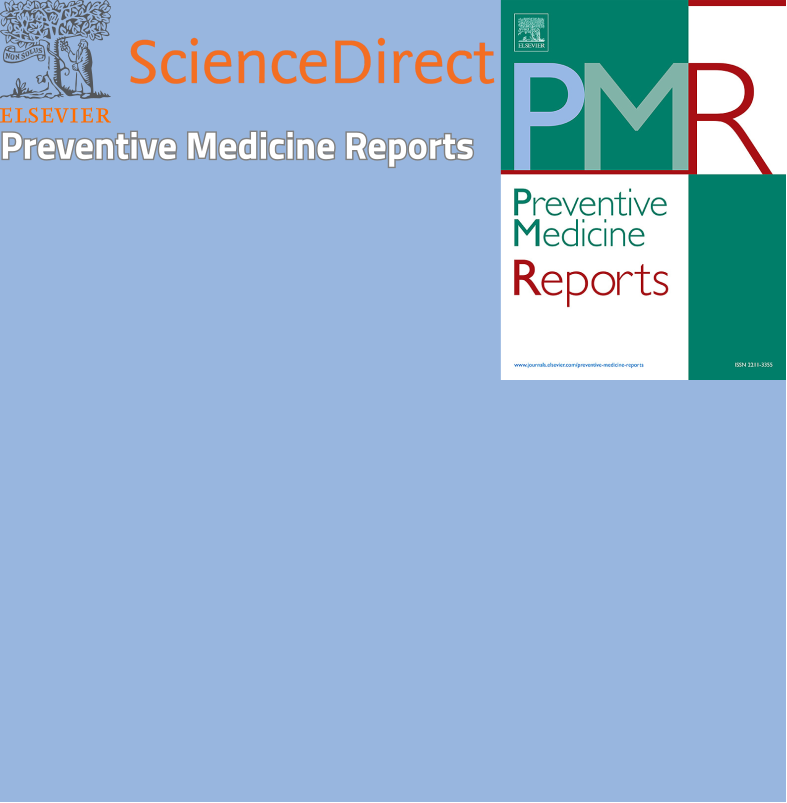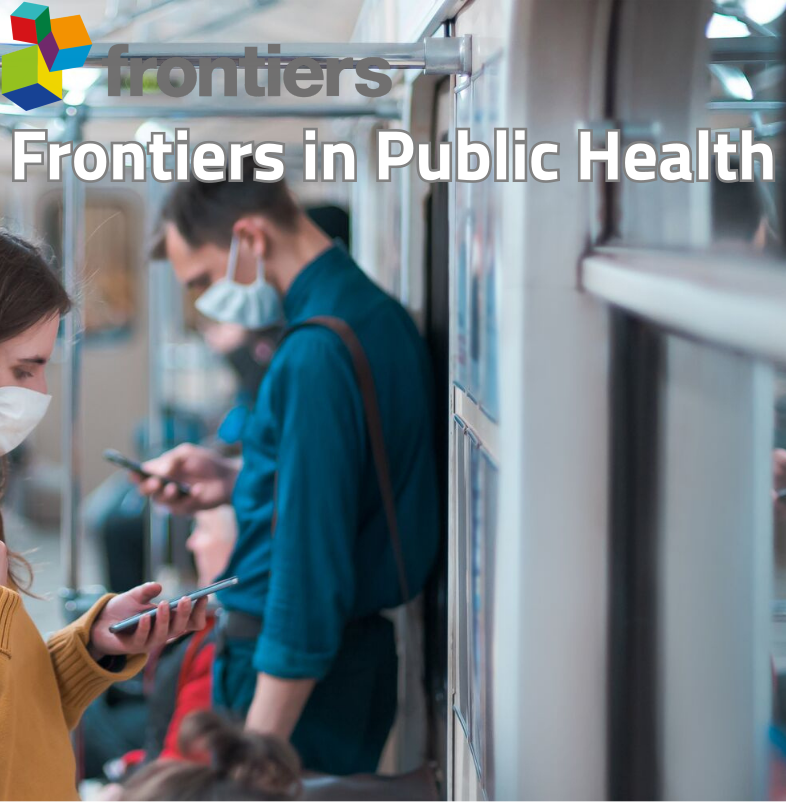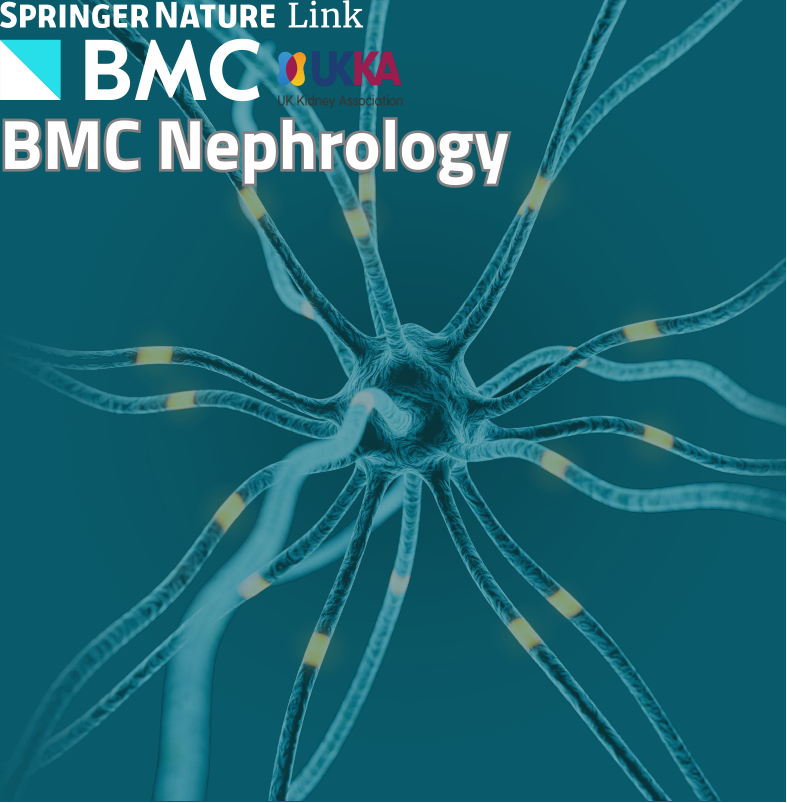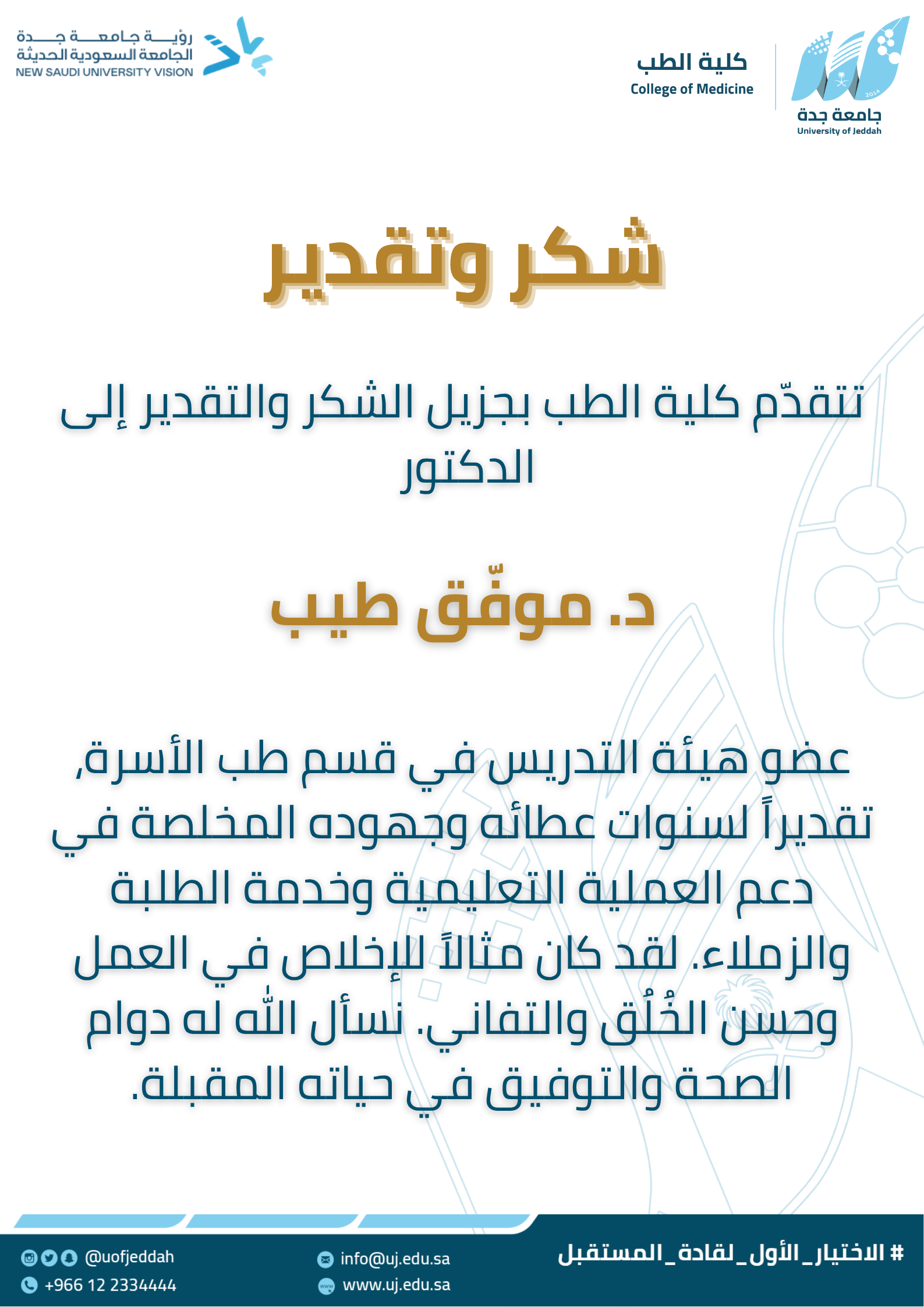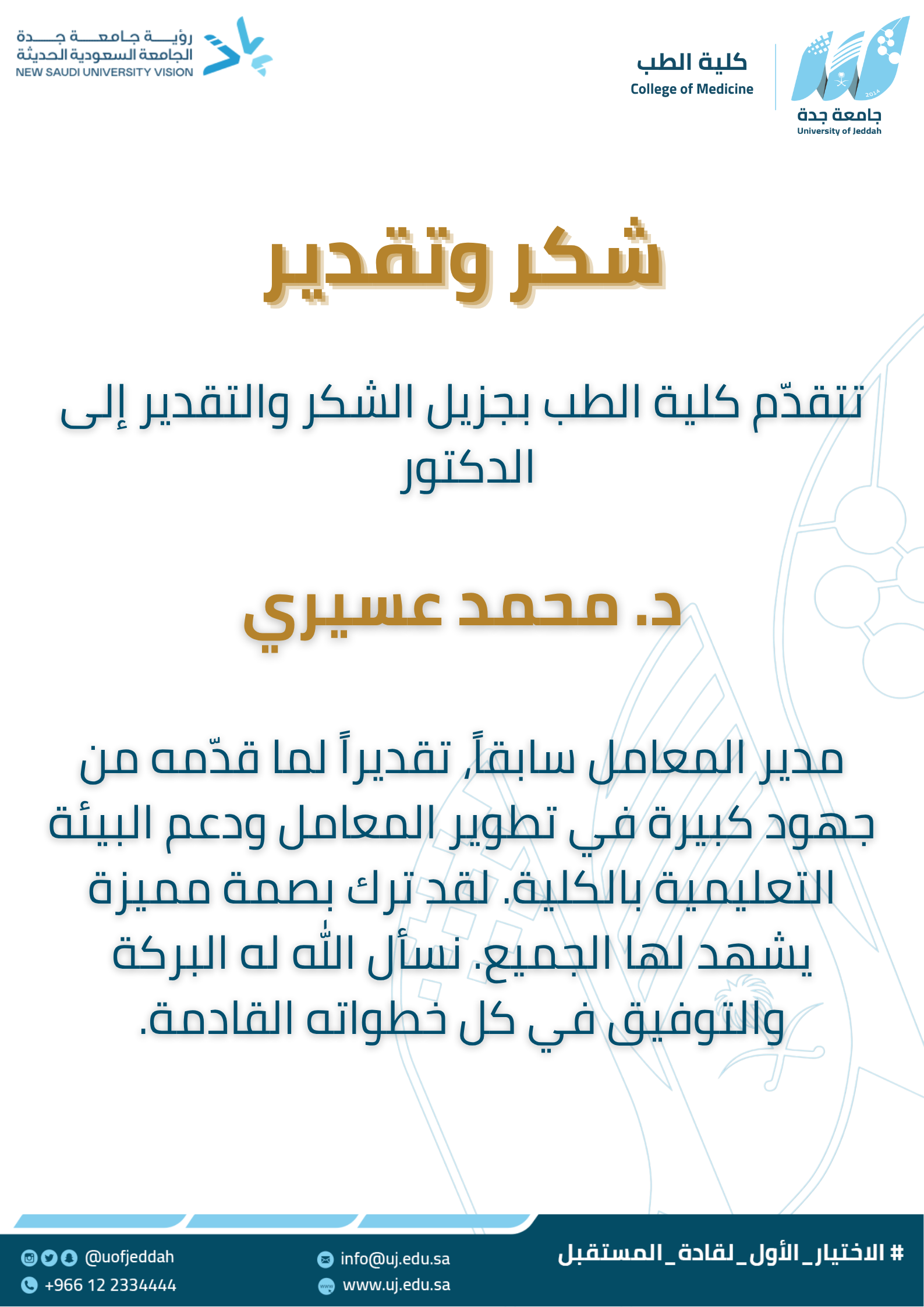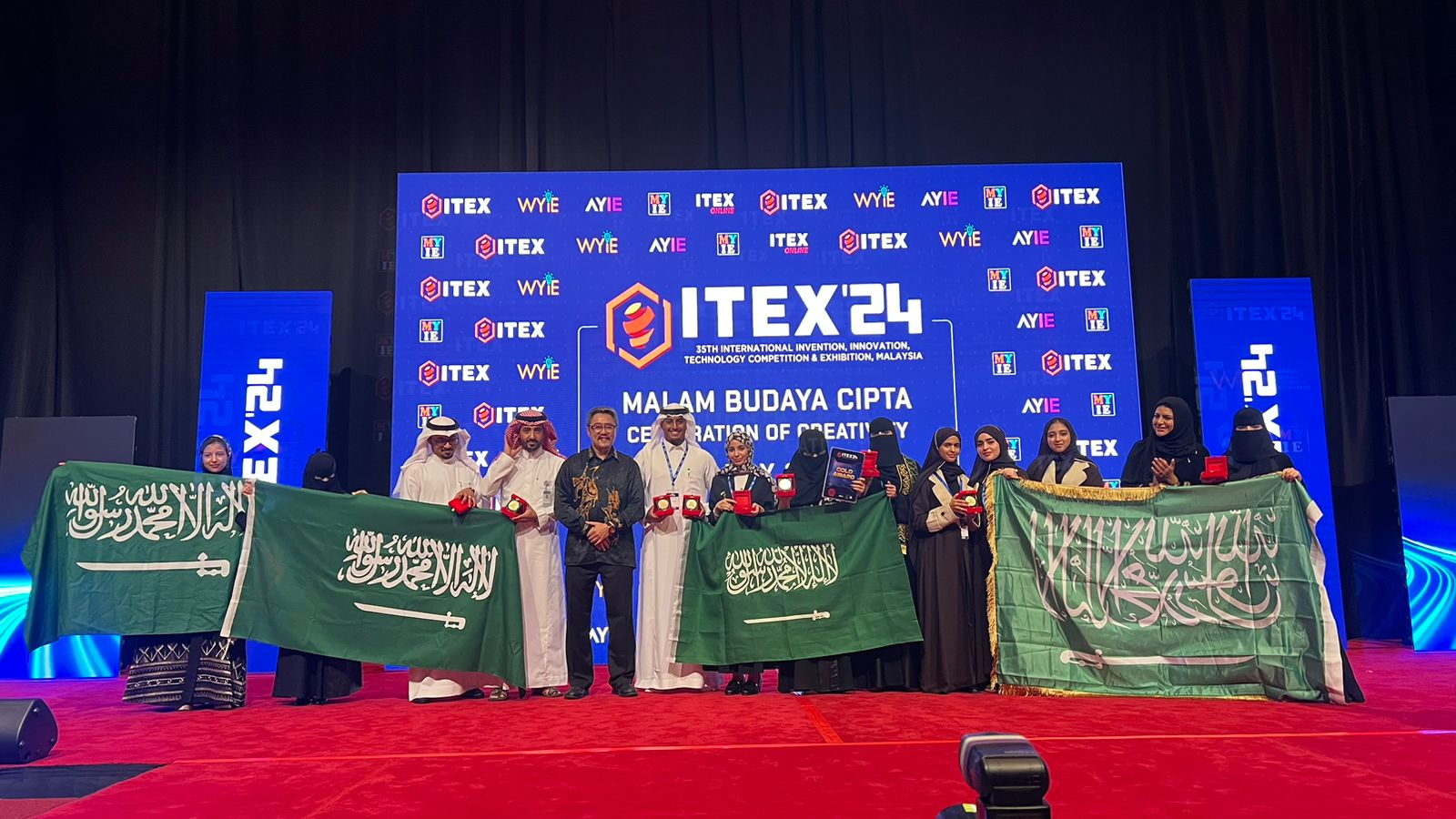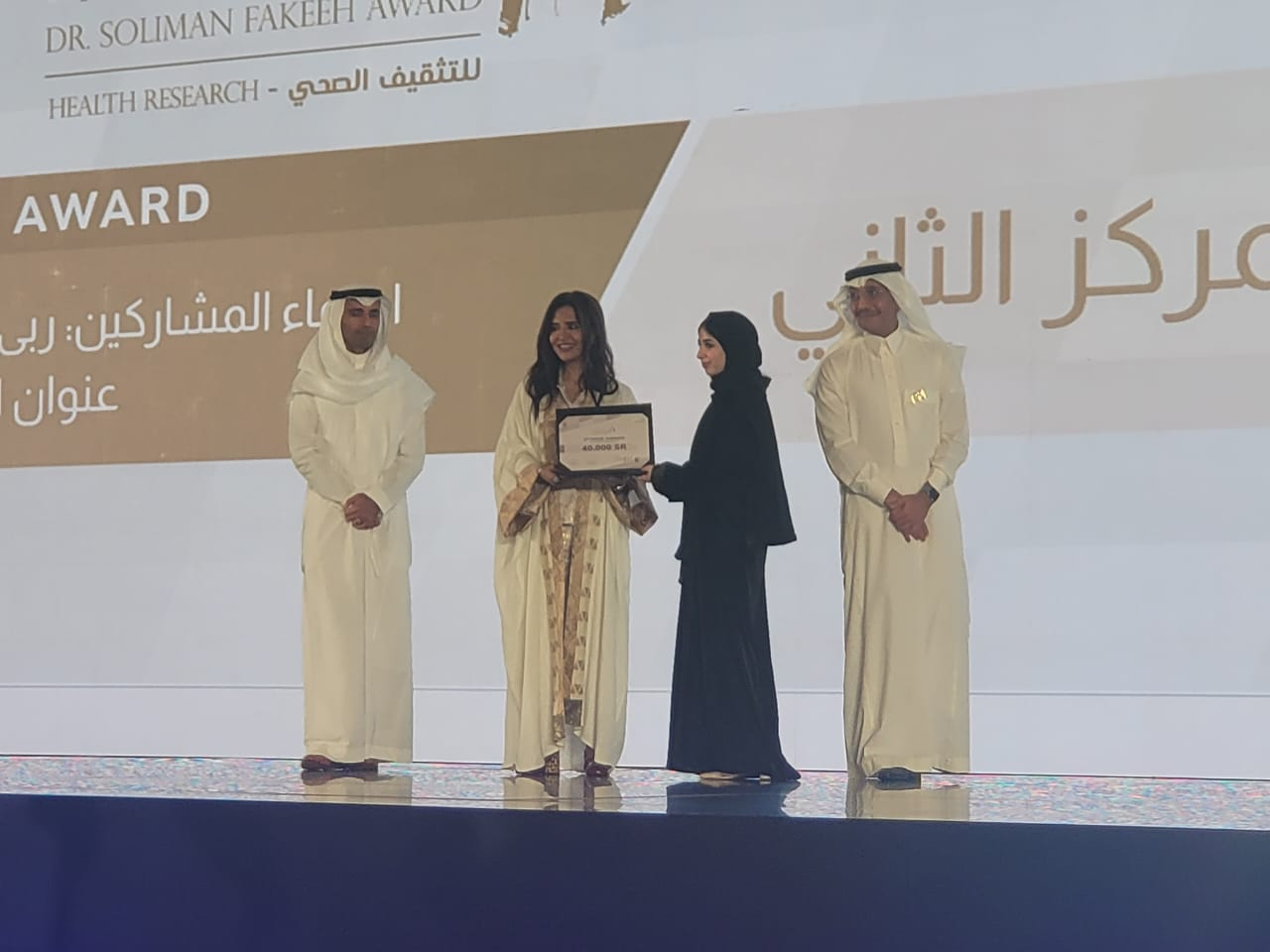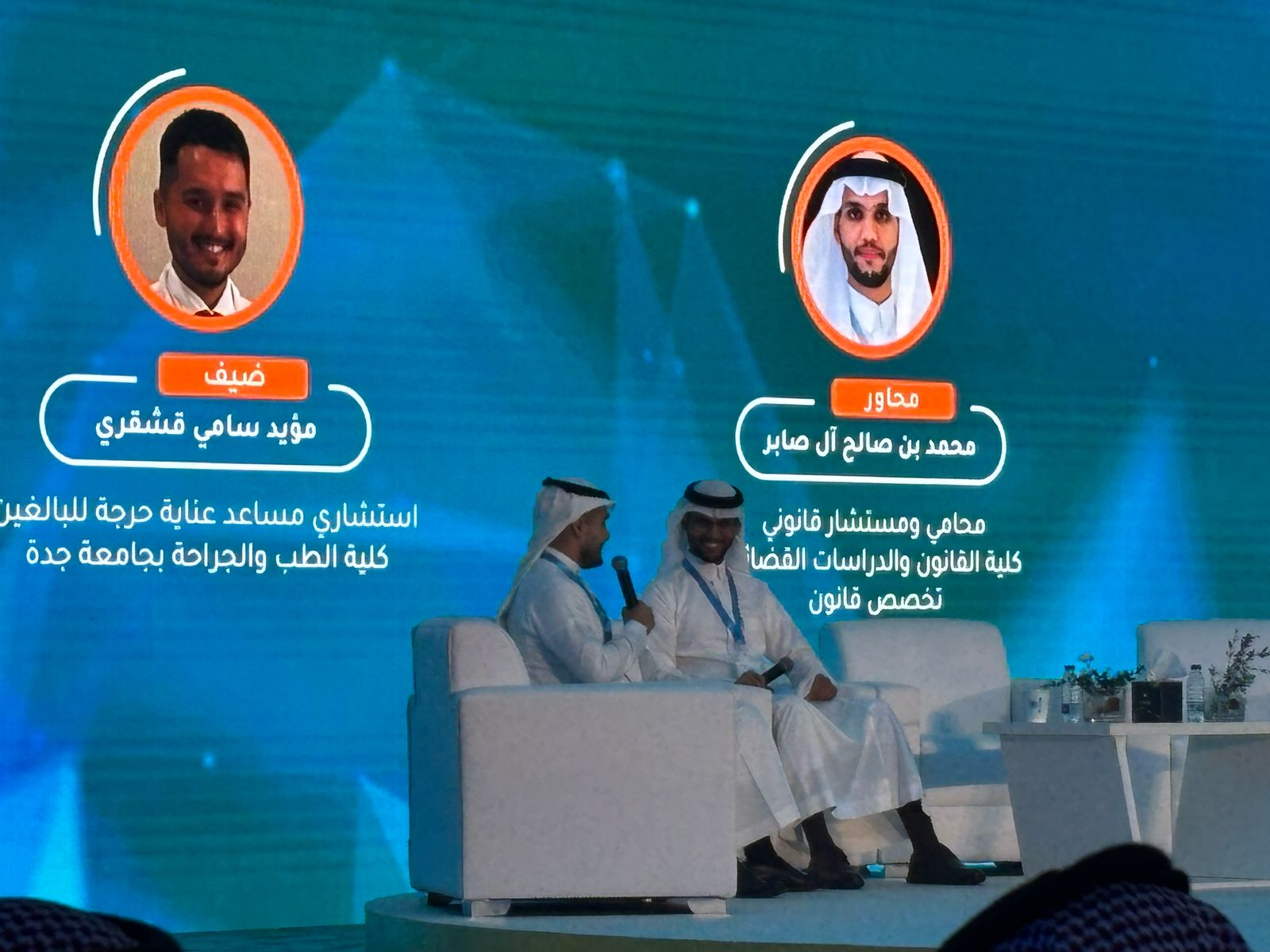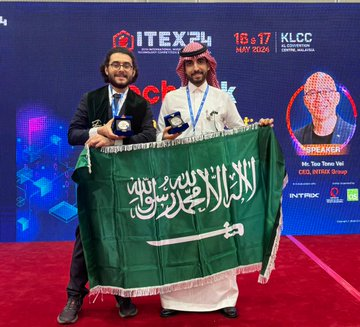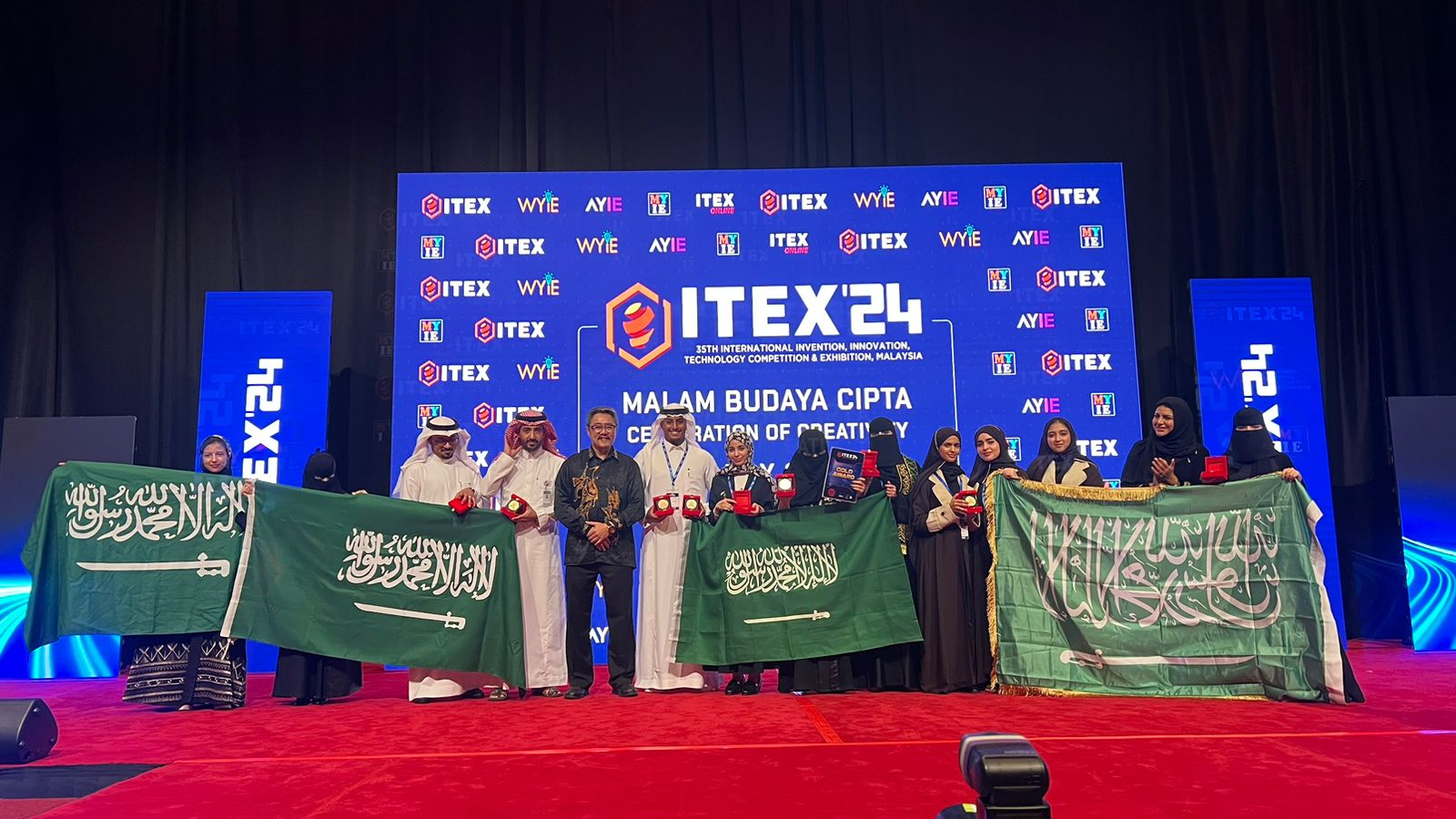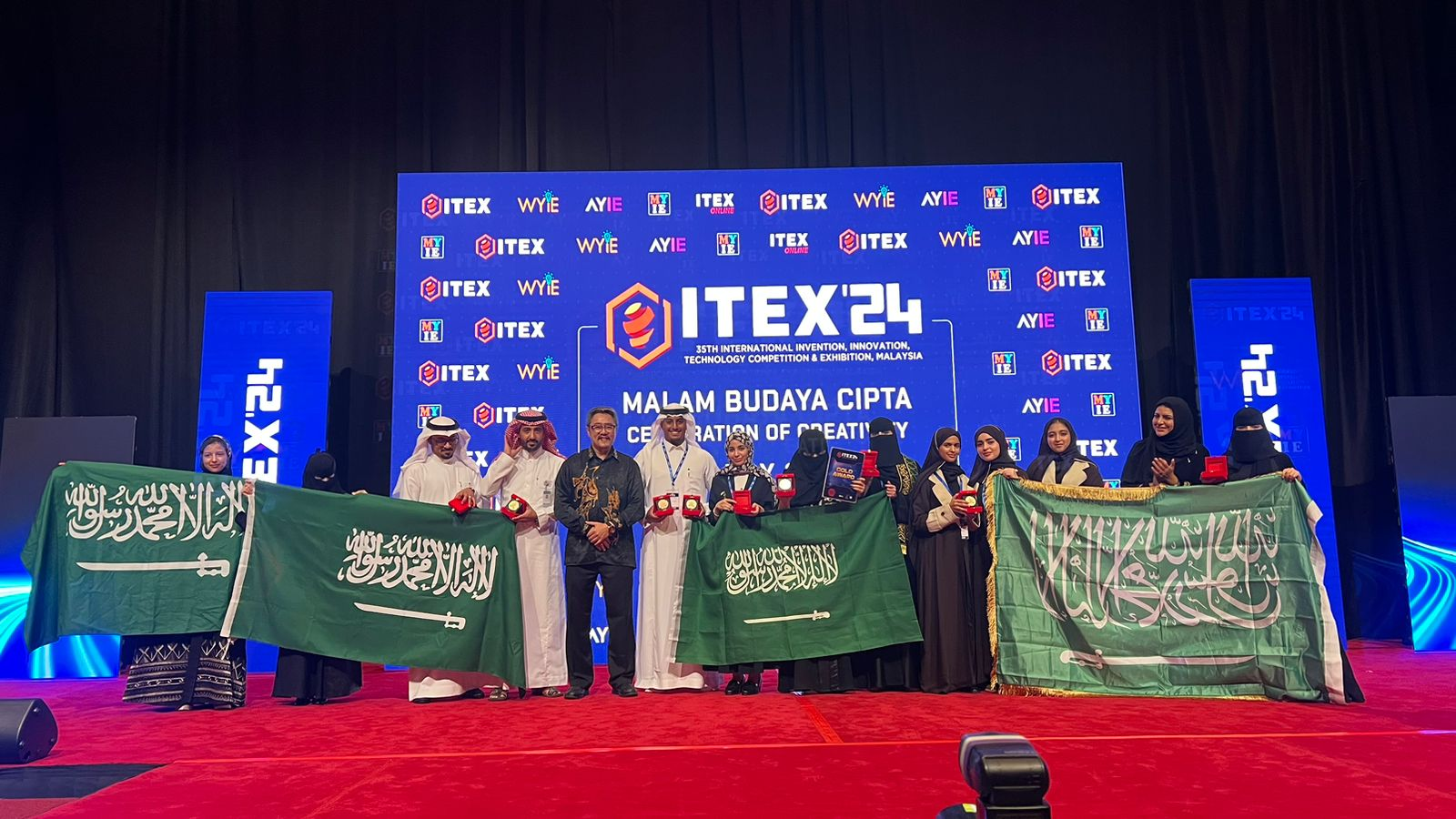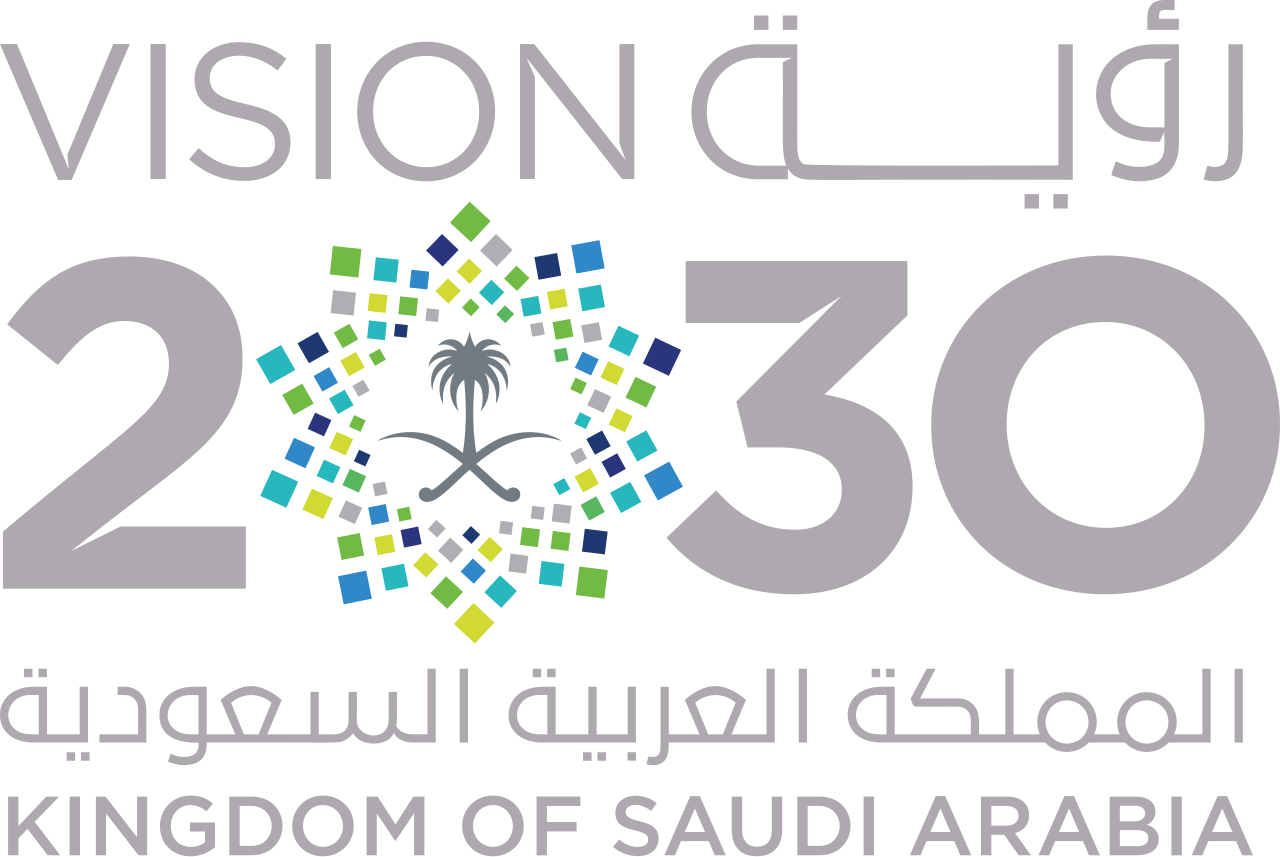Association between exposure to tobacco control measures and current nicotine use among adolescents in Saudi Arabia: Evidence from the 2022 global youth tobacco survey
01 Nov 2025

Abstract
Objectives
The World Health Organization six tobacco control strategies (Monitor, Protect, Offer help, Warn, Enforce, and Raise; MPOWER) aim to reduce tobacco use, yet little is known about their impact on individual-level adolescent nicotine use in Middle Eastern countries. This study examined whether exposure to MPOWER policies is associated with current nicotine use among adolescents in Saudi Arabia.
Methods
This cross-sectional analysis used nationally representative data from the 2022 Global Youth Tobacco Survey conducted in schools across Saudi Arabia. The analytic sample included 5092 adolescents aged 13–15 years with complete data on nicotine use and policy exposure. A five-domain MPOWER index (Protect, Offer help, Warn, Enforce, Raise) was constructed from self-reported survey items. The primary outcome was any nicotine product use in the past 30 days. Survey-weighted logistic regression was used to estimate adjusted odds ratios (ORs), controlling for age, sex, school grade, and spending money.
Results
The prevalence of current nicotine use was 11.1 %. MPOWER exposure was significantly lower among users than non-users (2.5 vs. 2.8, p < 0.001). Higher policy exposure was associated with reduced odds of nicotine use (adjusted OR per unit increase = 0.65, 95 % CI: 0.57, 0.73). The association was stronger with the standardised index (adjusted OR = 0.11, 95 % CI: 0.06, 0.21).
Conclusions
Greater individual-level exposure to World Health Organization MPOWER tobacco control measures was inversely associated with adolescent nicotine use in Saudi Arabia. Causal inference cannot be made, and longitudinal studies are warranted.







